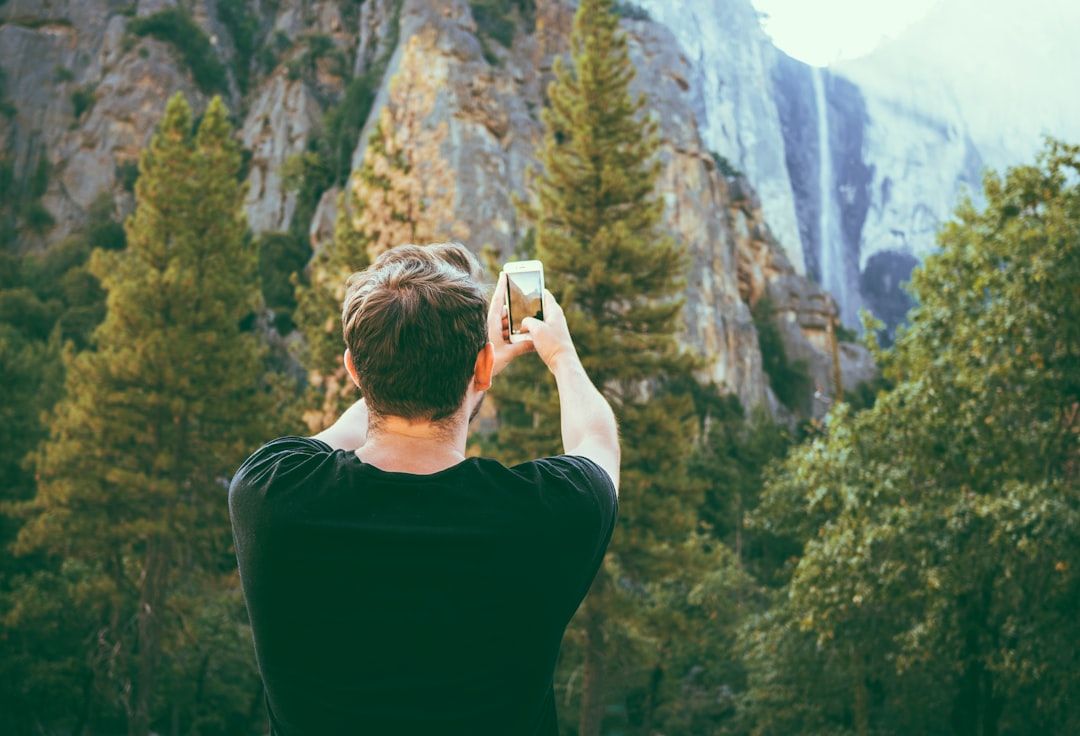
In a world that moves at an ever-increasing pace, the concept of slow travel has emerged as a refreshing alternative for those seeking deeper connections with the places they visit. Unlike traditional tourism, which often involves rushing from one attraction to the next, slow travel encourages travelers to immerse themselves in the local culture, savoring each moment and fostering a sense of mindfulness.
Imagine wandering through cobblestone streets in a quaint European village, stopping to chat with locals at a bustling market, or taking a leisurely hike through a lush forest, all without the pressure of a tight itinerary. Slow travel is not about ticking off boxes on a bucket list; it’s about experiencing a destination with all your senses, allowing yourself to be fully present in the moment.
One of the key benefits of slow travel is the opportunity it provides for self-reflection and personal growth. When you slow down and embrace a more relaxed pace, you create space for introspection and contemplation. This can lead to profound insights and a deeper understanding of yourself and the world around you.
Moreover, slow travel is often more sustainable and eco-friendly than traditional tourism. By staying longer in one place, you reduce your carbon footprint and support local communities in a more meaningful way. Choosing accommodations that prioritize sustainability, eating at locally-owned restaurants, and opting for public transportation or cycling instead of driving all contribute to a more environmentally conscious travel experience.
So, next time you plan a trip, consider embracing the art of slow travel. Allow yourself the luxury of time, the freedom to wander, and the joy of discovery at your own pace. You may find that the most memorable moments of your journey are the ones you never planned for, the ones that unfold naturally when you let go of expectations and embrace the beauty of the present moment.
